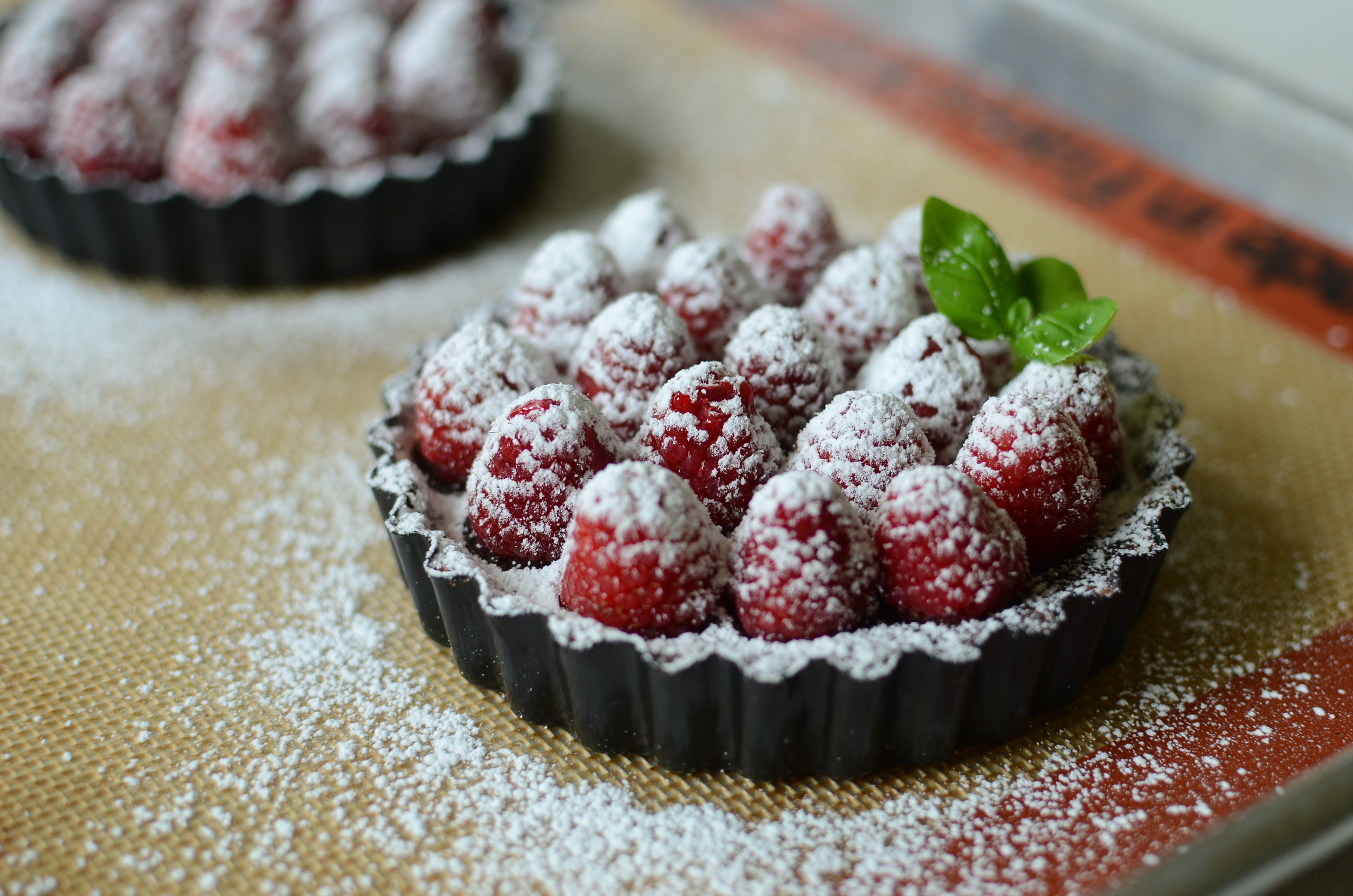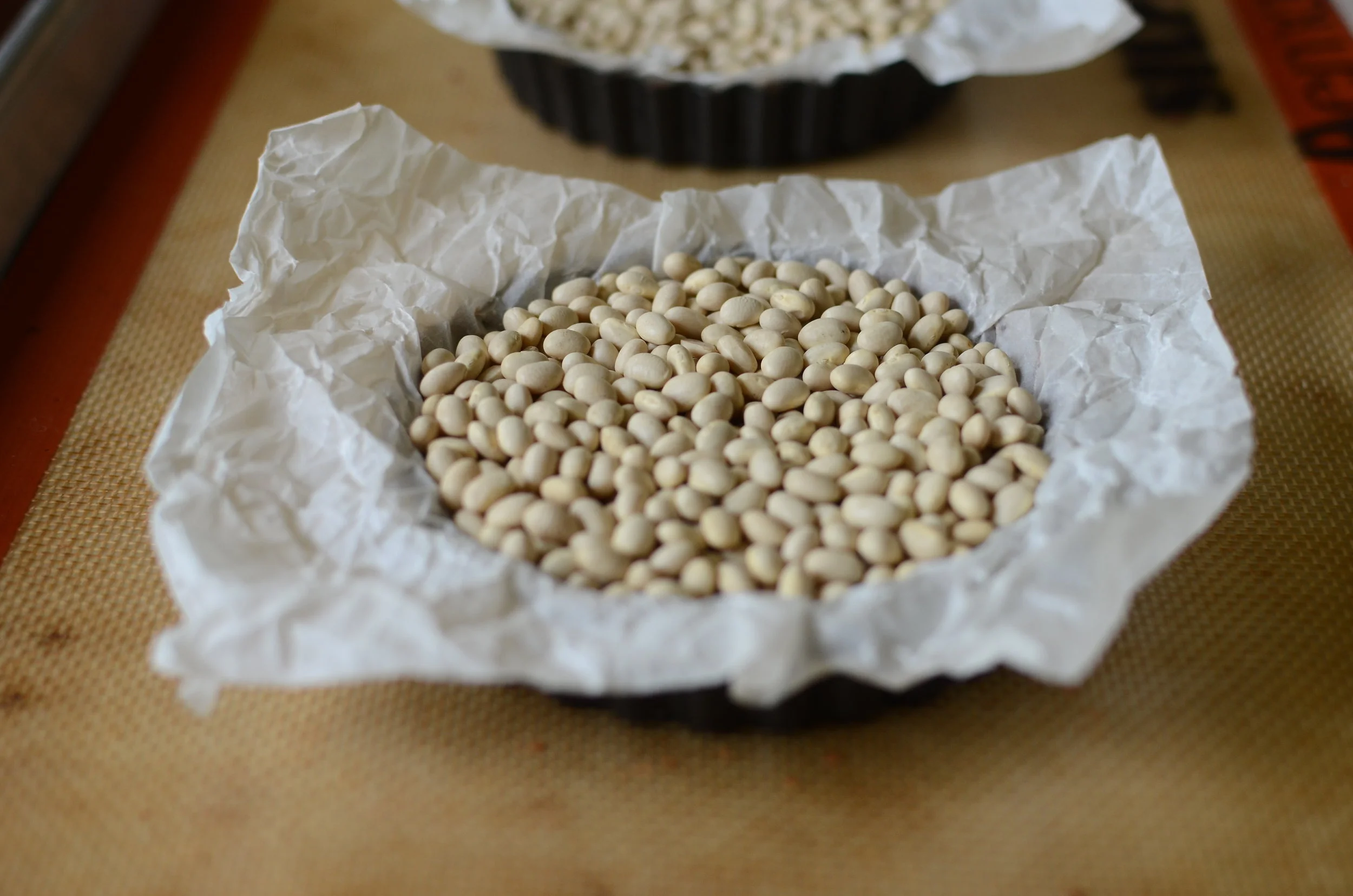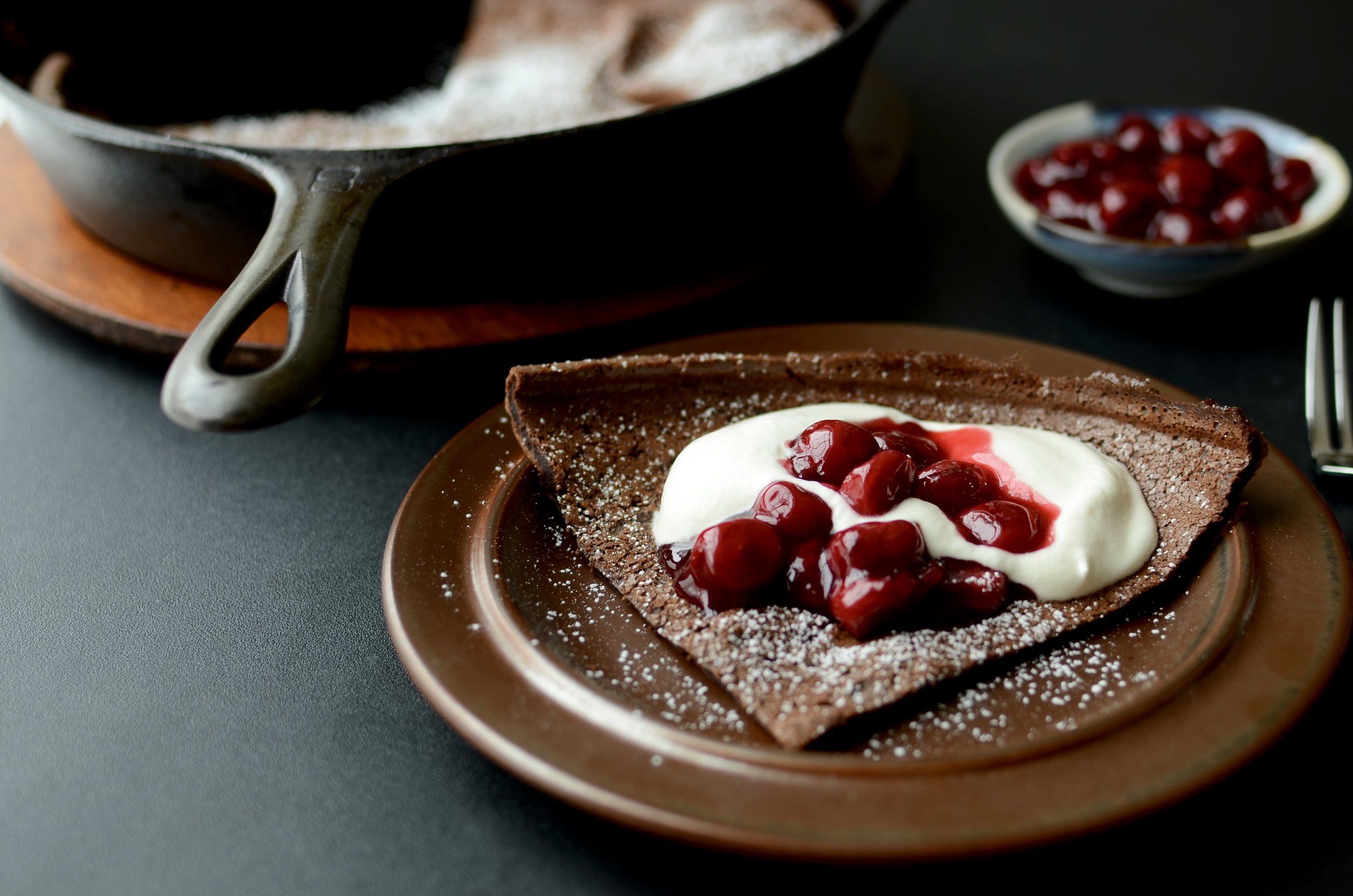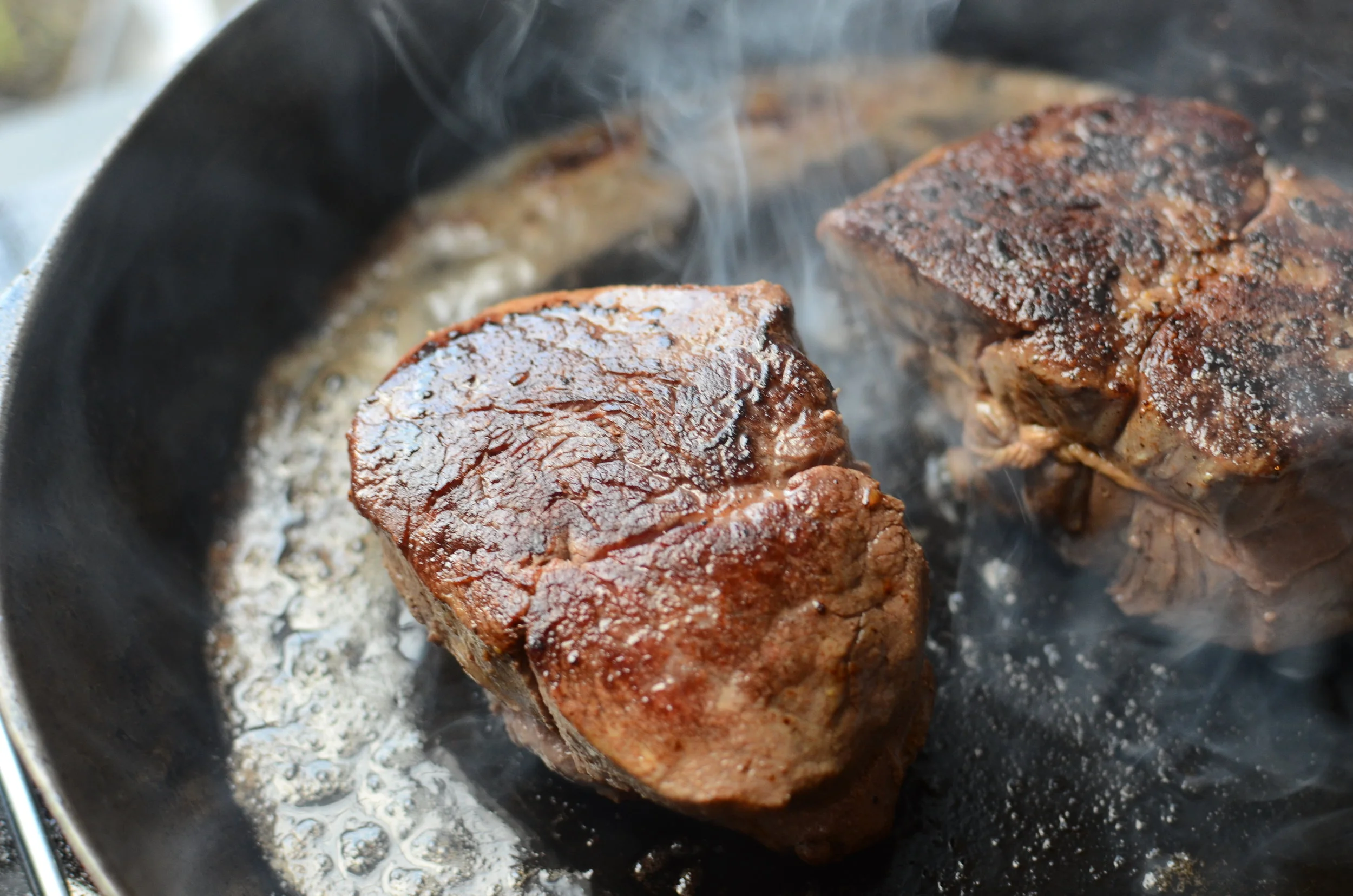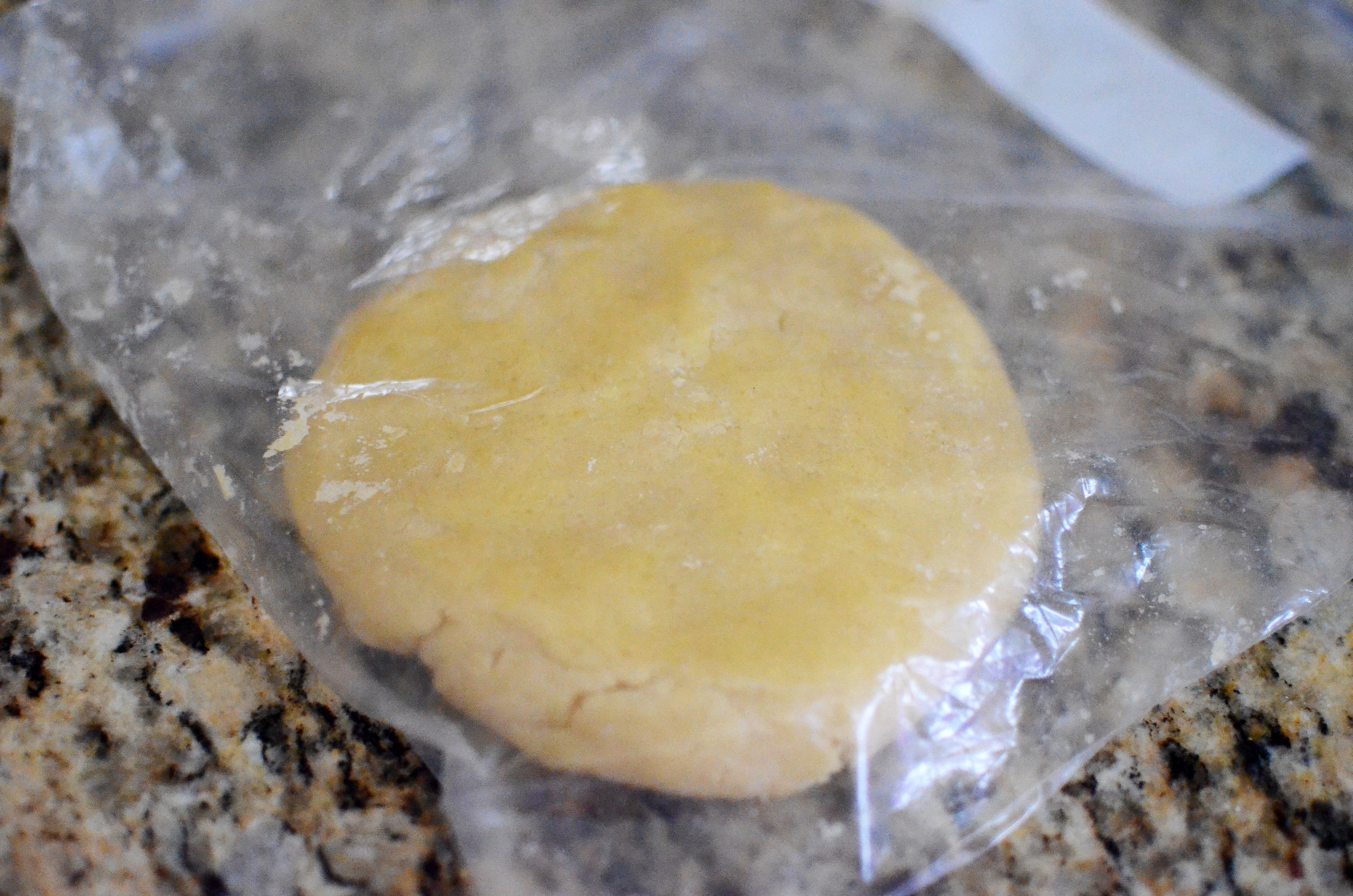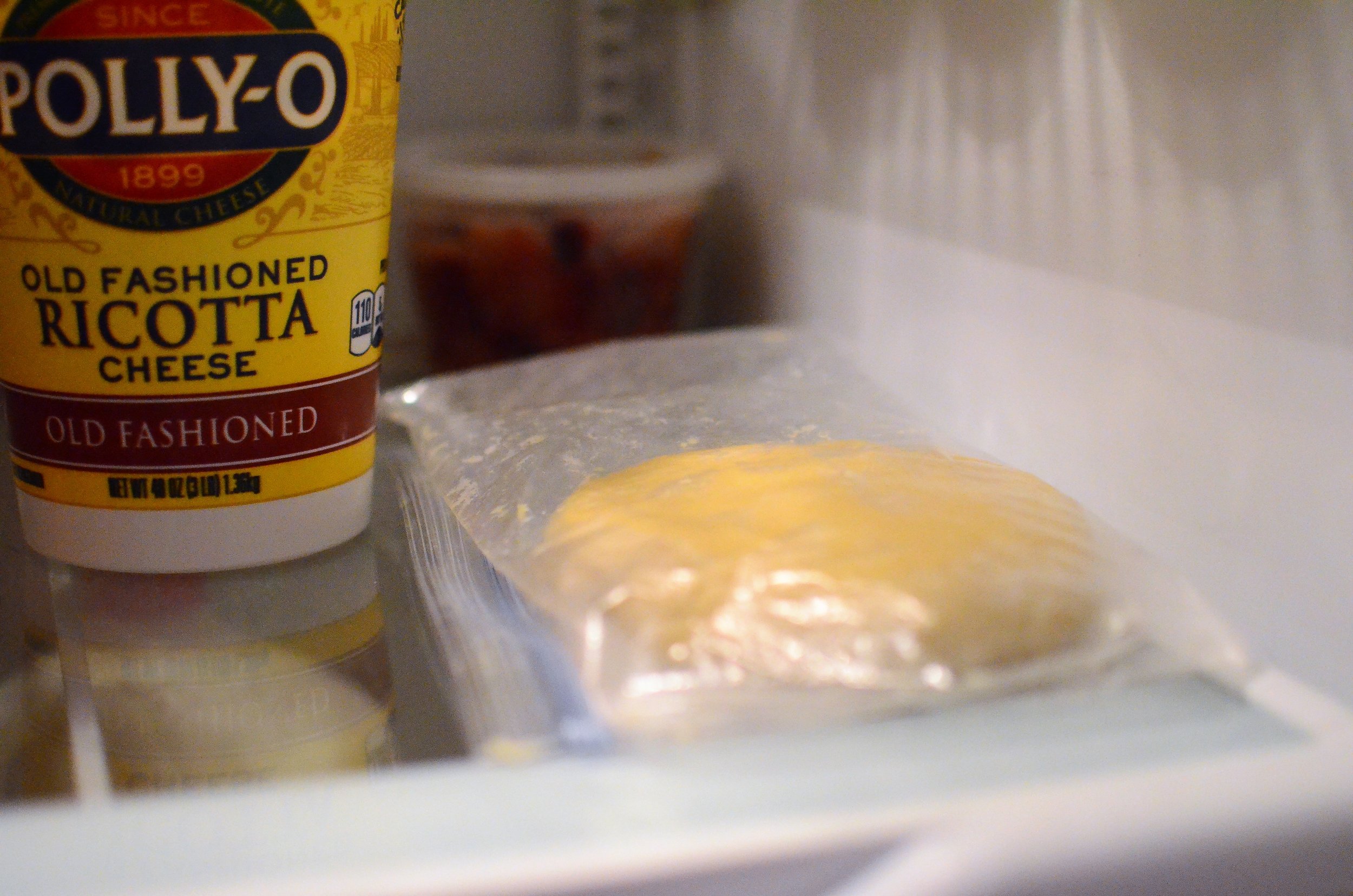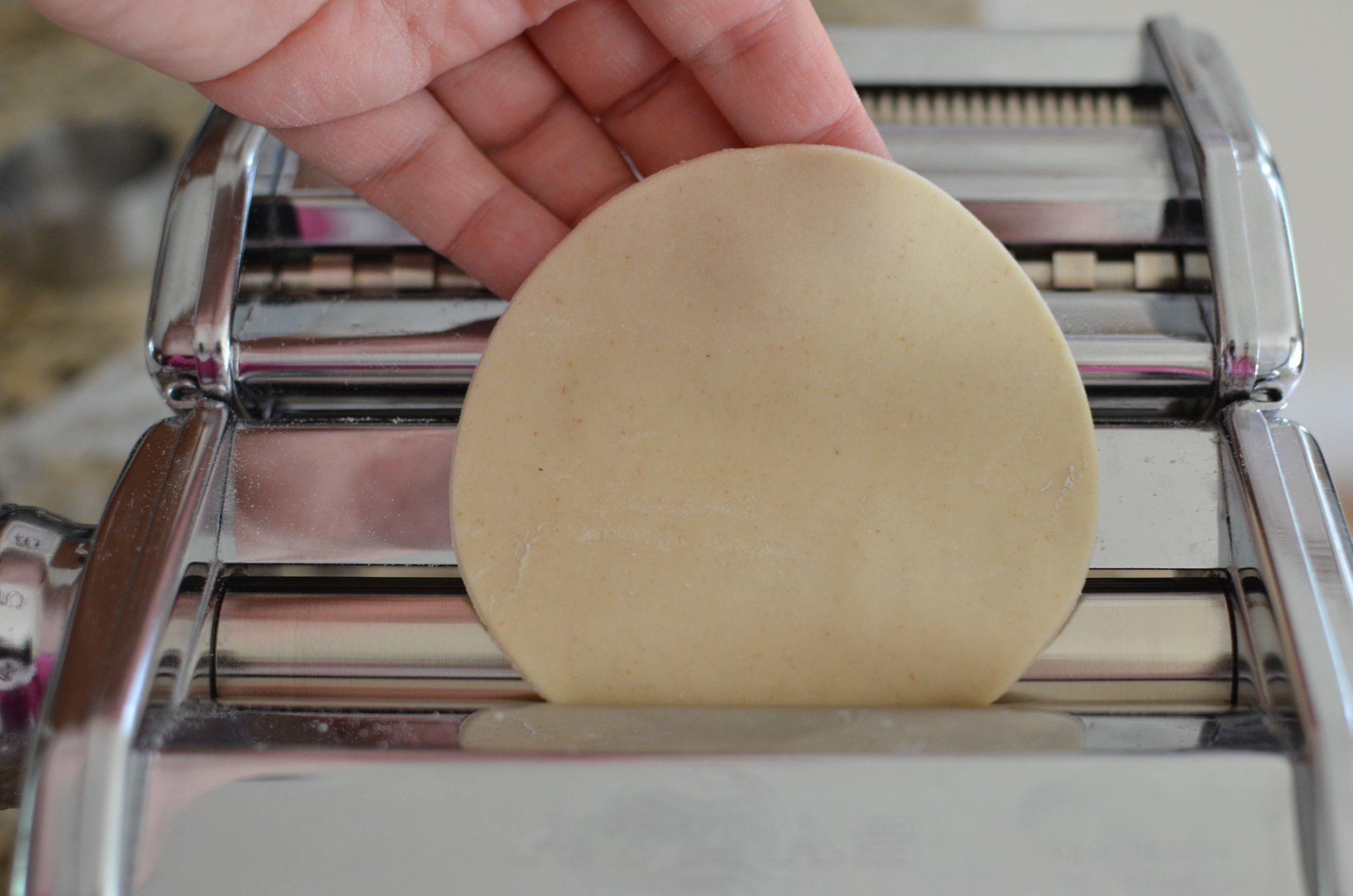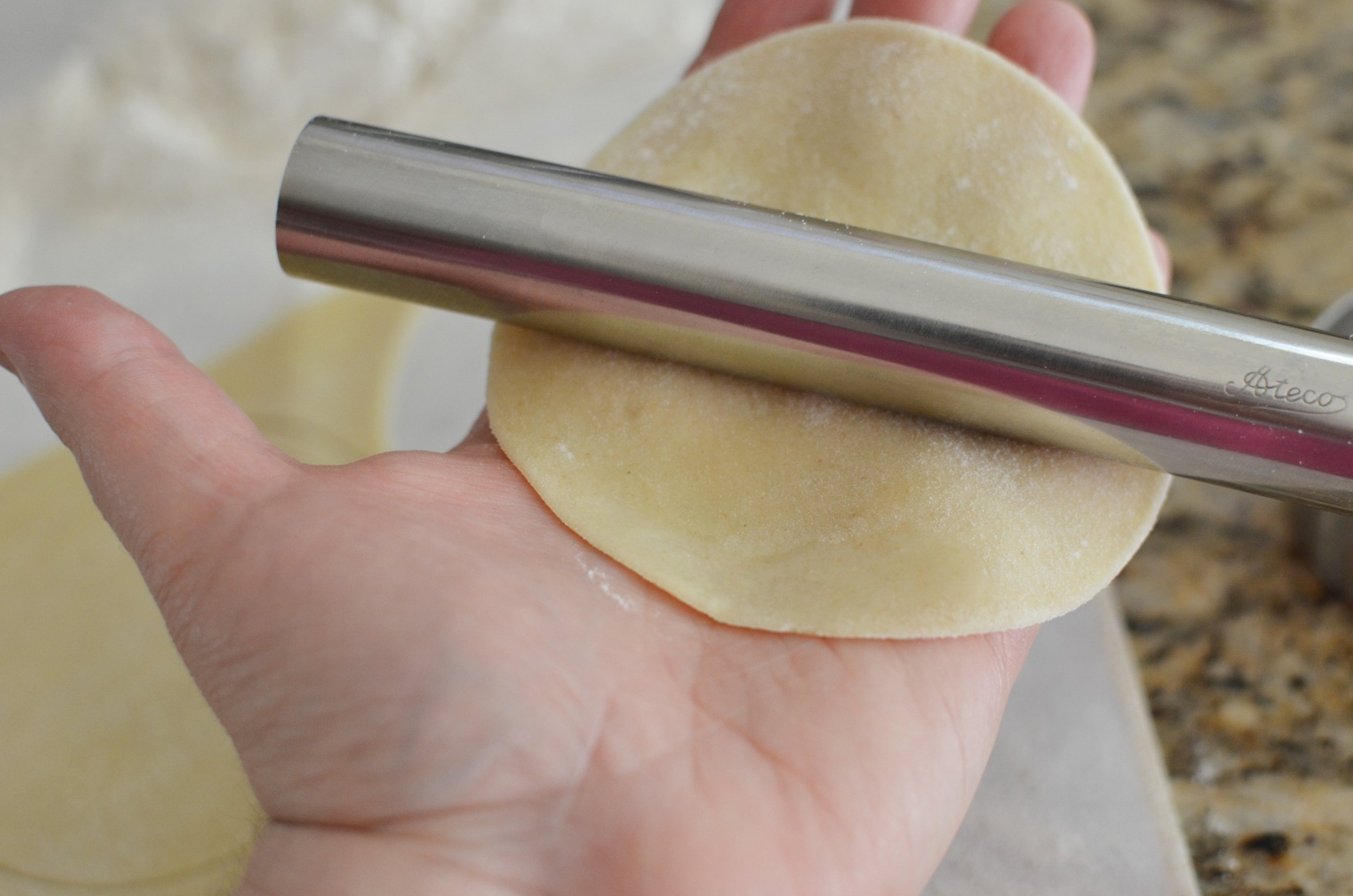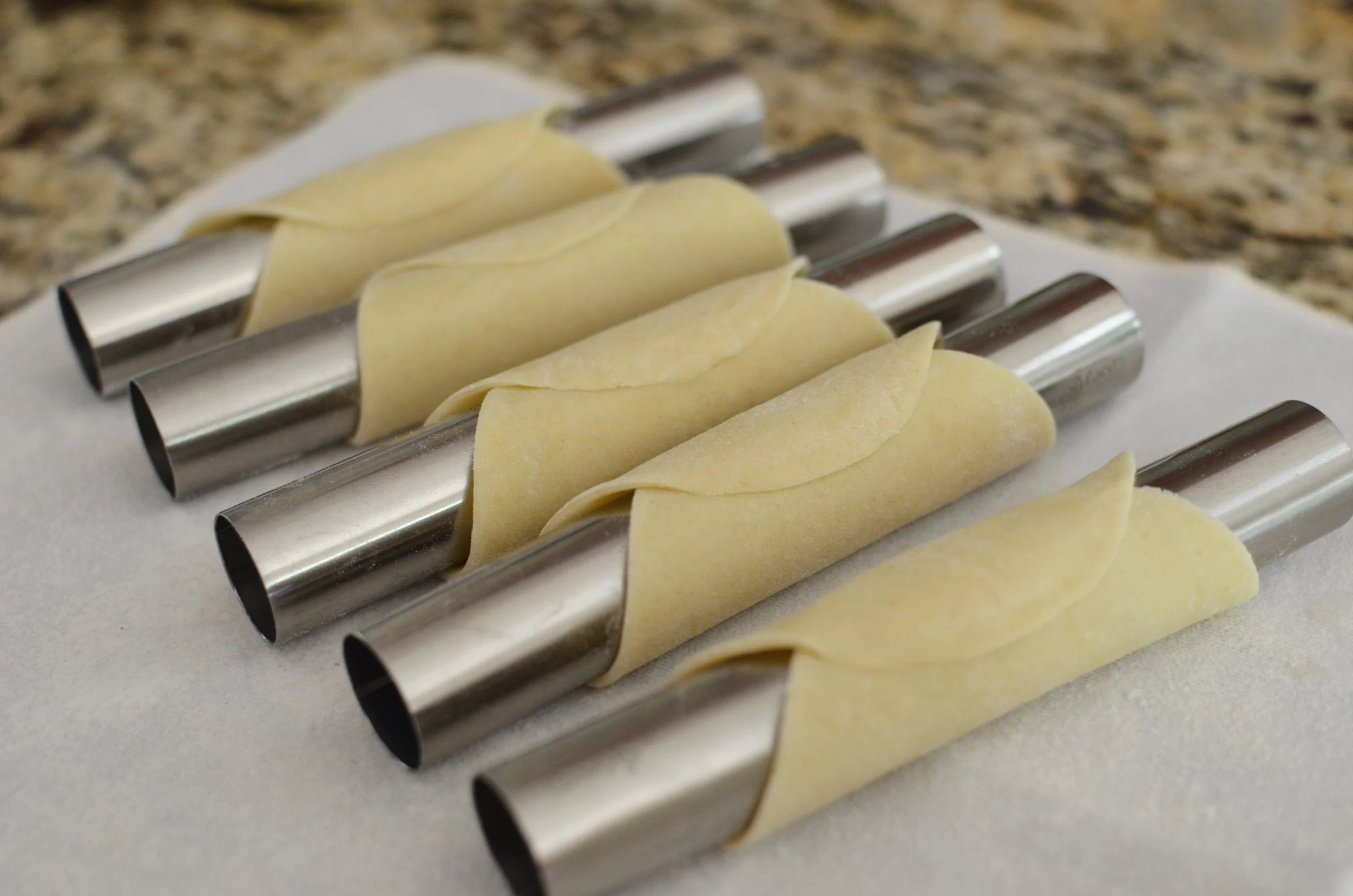Chocolate Raspberry Tarts
Patricia @ ButterYum
One of my favorite ways to feature fresh, juicy raspberries is to use them to top decadent individually-sized chocolate tarts. Such an impressive presentation, but so very easy to pull off. Let me show you how easy they are to make.
First, start with a batch of pate sucree (sweet dough) that's been chilling for about 30 minutes. Press the pate sucree into mini tart pans (these are the ones I have). I love individually sized desserts, and these are small enough to enjoy all by yourself, but they're not too small to share with someone special.
Now it's time to "bake them blind", which may sound really weird to someone not familiar with the technique, but basically it's partially baking the pie crust. We do this by lining the tart crust with crumpled parchment paper (crumpling helps it easily fit the contours of the tart), then fill it with a variety of things that will 1) conduct heat, which will allow the crust to bake, and 2) keep the walls of the tart from slumping during the baking process.
You can purchase metal or ceramic pie weights made specifically for the purpose of blind baking, but there are several substitutions you can use - dried beans, uncooked rice, or even granulated sugar. Dried beans that have been used for this purpose can no longer be cooked for consumption, but they can be reused again and again so I let them cool completely, then store them in a jar in the pantry for next time. Rice and sugar will toast slightly, but can be used for other recipes - they'll get slightly toasted in the oven, which imparts a lovely flavor.
See how the crumpled parchment is able to hug the contours of the tart? Much easier than trying to do the same thing with a piece of flat parchment, believe me!
Fill with beans (or rice, sugar, pie weights, etc). Chill well while the oven preheats. Chilling the pate sucree before baking helps to keep it from shrinking during the baking process.
After 10-15 minutes, the sides of the tart will be set and you can remove the parchment and its contents. You can see how the sides have lost their shine, but the bottom of the tarts need more time in the oven so return them for another 10 minutes or so.
You'll know they're done when they look dry and are firm to the touch. Set aside to cool while you make the ganache filling.
To make the ganache, heat cream until just before it begins to boil.
Pour over your chopped chocolate and let it sit, undisturbed, for a few minutes. Then whisk together until smooth.
Pour the ganache into the baked tart shells.
Chill for at least 15 minutes before adding the raspberries so they don't sink into the chocolate.
When you're ready to serve, sprinkle the berries with a little confectioner's sugar and remove the sides of the tart pan.
Place the tart on something elevated, yet small enough for the sides of the tart pan to fit over. Here I'm using an egg cup. Using gentle pressure, push the sides of the pan down.
Enjoy!
Items used to make this recipe:
(affiliate links)
mini tart pans with removable bottoms https://amzn.to/2L5fEWW
pure vanilla extract (my favorite) https://amzn.to/2J5k9QD
espresso powder (also my favorite) https://amzn.to/2snW7dh
dutch-processed cocoa powder https://amzn.to/3ouTCD5
heat-proof glass measure https://amzn.to/2LJt8Zs
small whisk https://amzn.to/2xs4NnK
half sheet pan https://amzn.to/3gDkY5m
silpat liner https://amzn.to/3owonaQ
Individual Chocolate Raspberry Tarts
makes 6 mini tarts (or one 9-inch tart)
Ingredients
Pate Sucree Crust:
8 tablespoons unsalted butter, room temperature
1/2 cup confectioners sugar, sifted
1 large egg yolk
3/4 teaspoon pure vanilla extract
1 1/4 cups all-purpose flour
1/4 cup Dutch-process cocoa, sifted
Filling:
12 ounces semisweet chocolate, chopped
1 cup heavy cream
4 tablespoons unsalted butter
1 teaspoon espresso powder (optional)
1/4 teaspoon pure vanilla extract
pinch of fine salt
Garnish:
3 pints fresh raspberries
confectioners sugar
mint sprigs
Directions
To Make Pate Sucree:
In the bowl of a stand mixer fitted with a BeaterBlade or flat paddle attachment, combine the ingredients until fully combined and no traces of dry ingredients remain.
Wrap will with plastic and chill for 30-60 minutes.
Divide dough equally between 6 individual tart pans with removable bottoms and press evenly across bottom and up sides; chill for at least 15 minutes (or up to several days if wrapped well with plastic).
Preheat oven to 325F and line chilled tart shells with parchment paper filled with beans, rice, sugar, or pie weights.
Place filled tart shells on silpat-lined sheet pan and bake for 10-15 minutes, or until the sides of the tarts are set; remove parchment and return empty shells to oven to continue baking for another 10 minutes or until the bottom crust is set.
Allow tart shells to cool until while you make the filling.
To Make the Filling:
Place chopped chocolate in a heat-safe bowl; set aside.
In a medium heavy-bottom saucepan, heat cream and butter until just before it reaches the boiling point (small bubbles will form around the edges).
Remove cream/butter mixture from the heat and pour over chocolate.
Let the chocolate and cream steep together for 2-3 minutes.
Add the espresso powder and pure vanilla extract; whisk gently until smooth and shiny.
Divide filling between tart shells, leaving 1/4-inch space at the top of each shell; chill for at least 15 minutes before adding berries.
To Serve:
Top with fresh raspberries and sprinkle with confectioners sugar.
Carefully remove sides of tart pan as shown above, and garnish with fresh mint.
